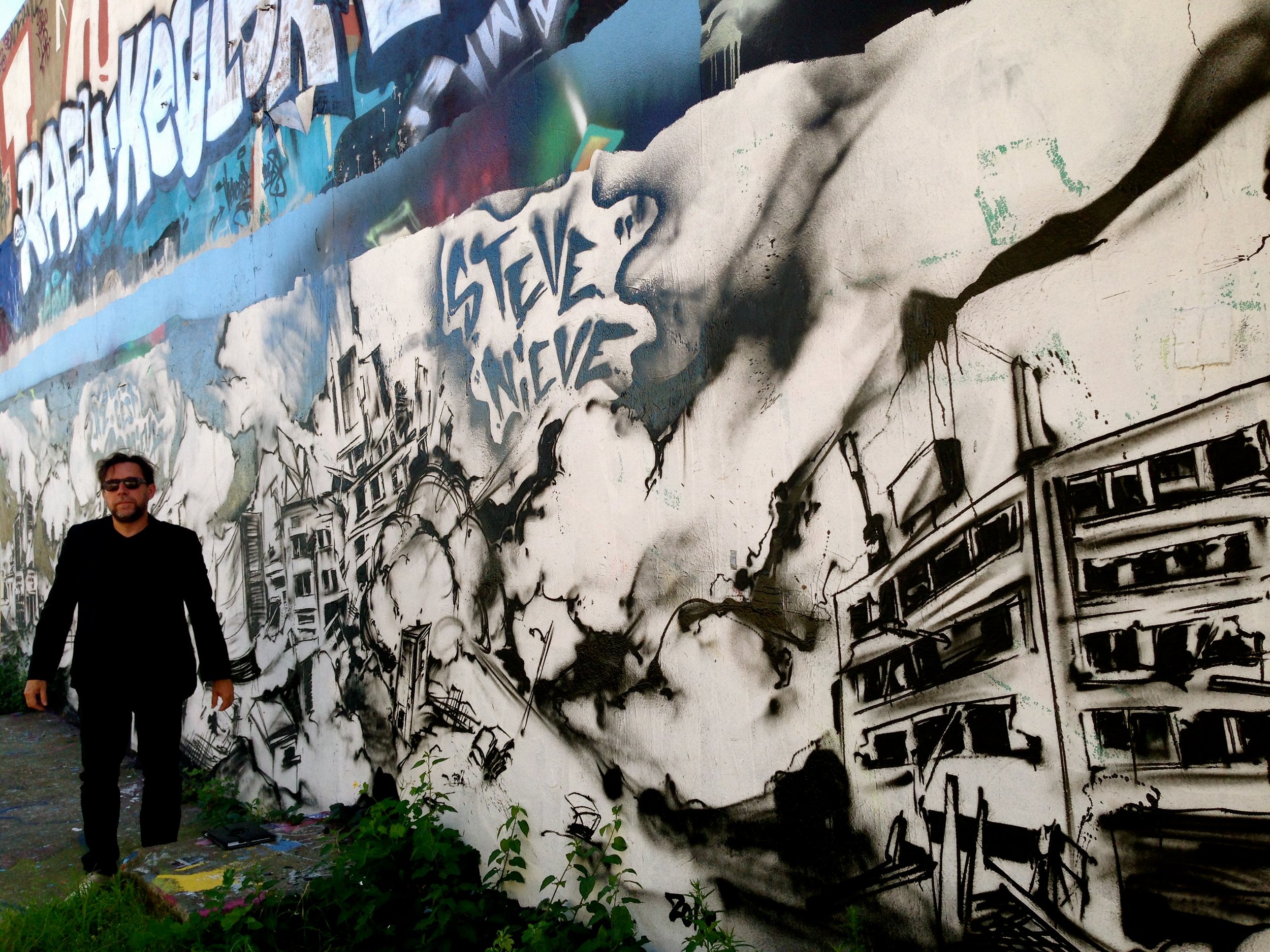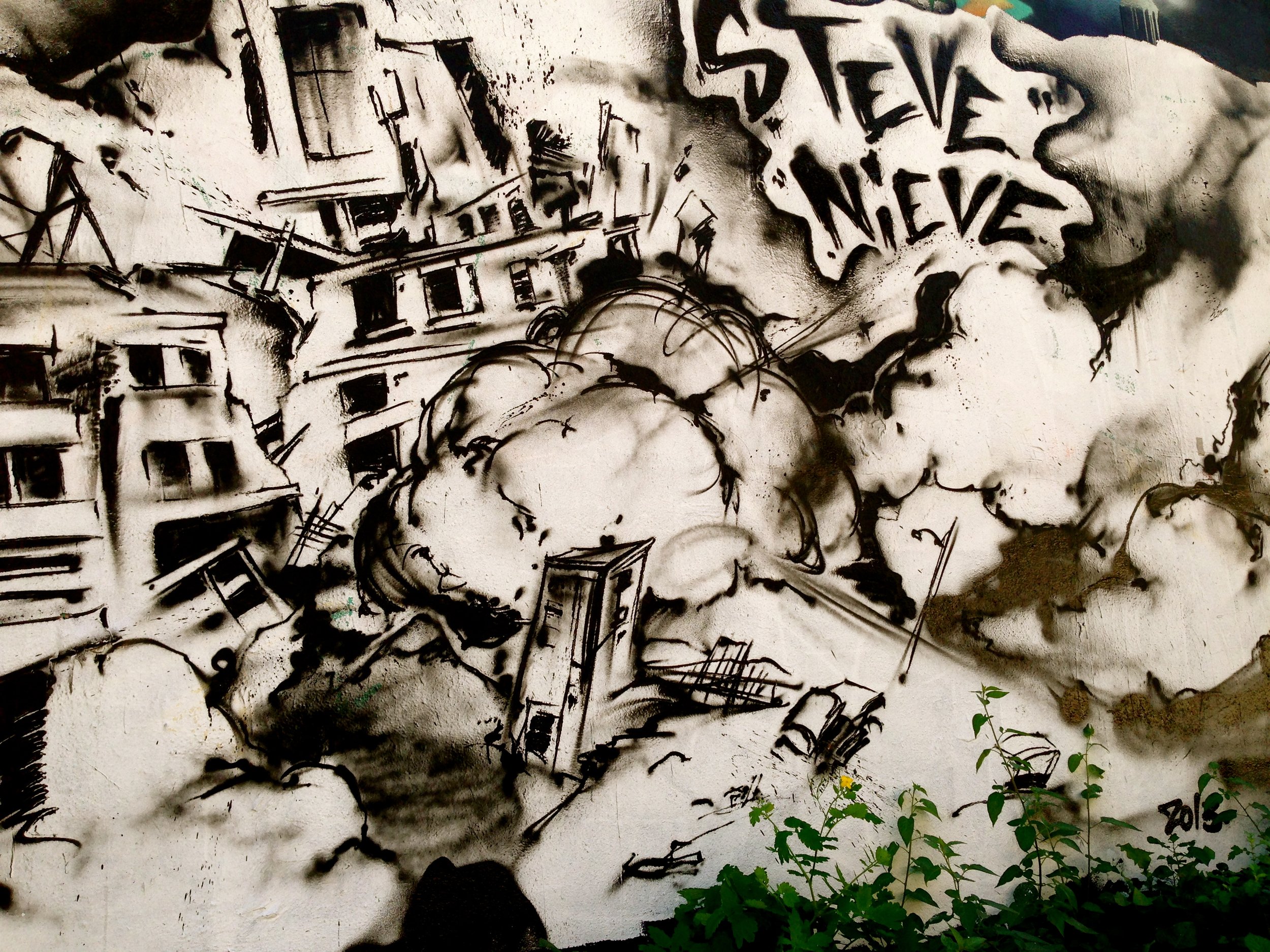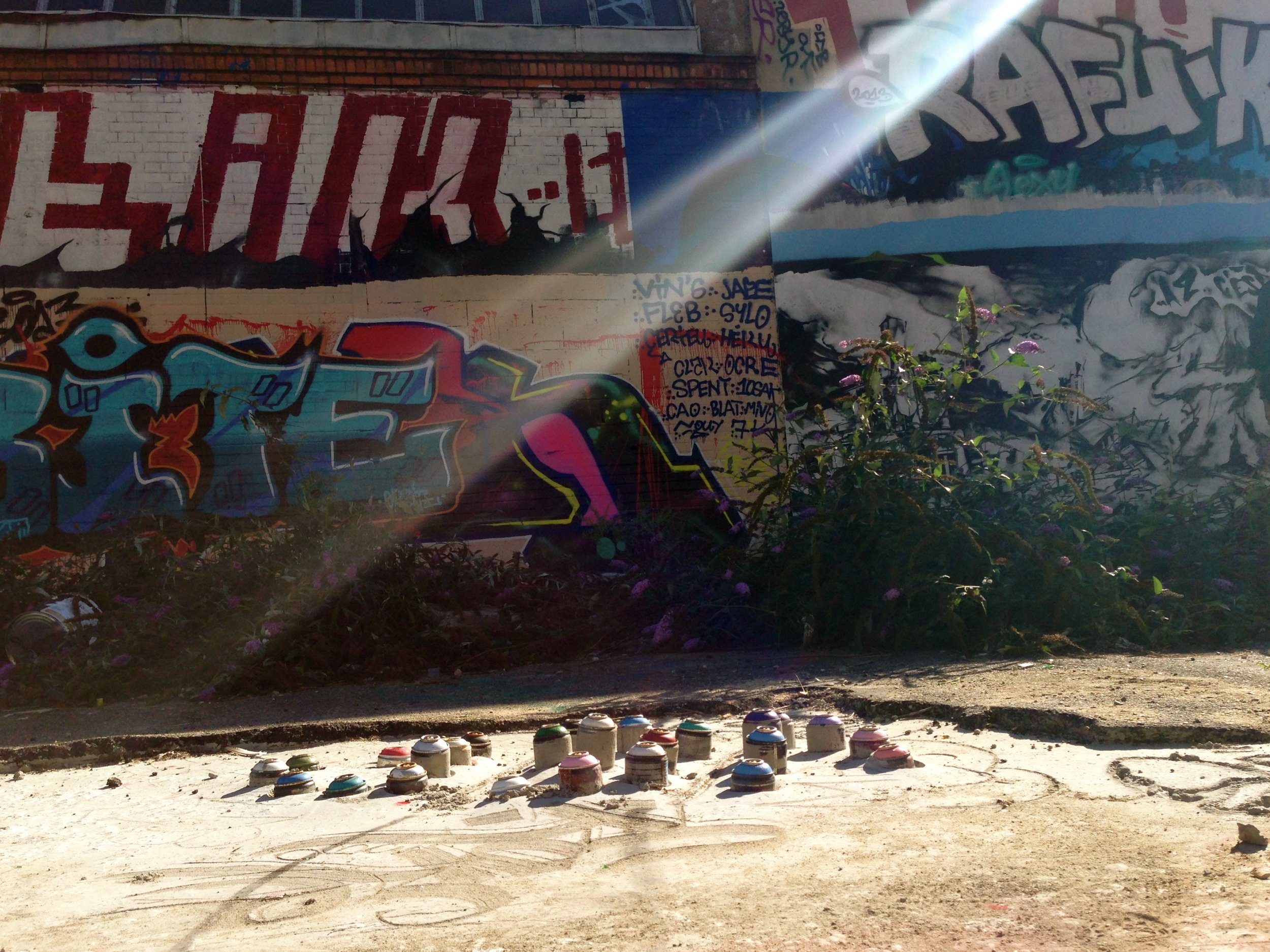How fine is the line between art and vandalism? At the very least, the line that divides graffiti and “higher” art forms is non-existent. Street art is a form of self-expression, and just because the surface of choice is the side of buildings, walls and deep subway tunnels does not make it any less reputable than the art of the canvas variety. This view is becoming ever more accepted by the general public with the growing celebrity of street artists such as Banksy, Invader, Swoon and Iz the Wiz just to name a few.
There is a deep vein of self-declaration in placing one’s art, and quite often, one’s signature, on such public structures. Perhaps it is an act fueled by mortality, a desire to be remembered amongst the nameless masses, or rather a rebellion against predicated art “standards.” Talk to most street artists and they will tell you that it is a way of life; an entire culture and attitude born from the desire to have fun and express oneself. In no other art form does such a fascinating variance exist to such an extent. The artist has no control over what happens to his work after leaving the scene of the art-crime. It will likely be destroyed or painted over. It is an art forever and for the moment.
Pantin was an old abandoned warehouse (now demolished) in some forgotten outskirt of Paris. Every inch of the ten-story building–every window of which had been shattered–was covered in graffiti from countless different street artists from over the years.
This site houses the striking work of street artist Itvan Kebadian. His stark, black and white portraits depict a post-apocalyptic world crippled by darkness and pain, one inhabited by the shadows of faceless wanderers. His creations embody some melancholic form of the uncanny in their haunting and deeply seductive nature.
The concrete walls surrounding the abandoned warehouse had been painted over with markings, strange creatures, signatures and portraits of the imagined anonymous. Spray paint bottles had been cemented into the ground, littered with food wrappers, bottles and forgotten bits of clothing.
Normally, remnants of this sort would be viewed on the side of junk, but perhaps in light of the imminent destruction of the site and the notion that in just a few days, these beautiful tableaus would be reduced to rubble, it all seemed rather nostalgic. What would be considered garbage took the form of impressions of the artists that had once come here, alone, in groups, leaving their marks for all or no one to see.






